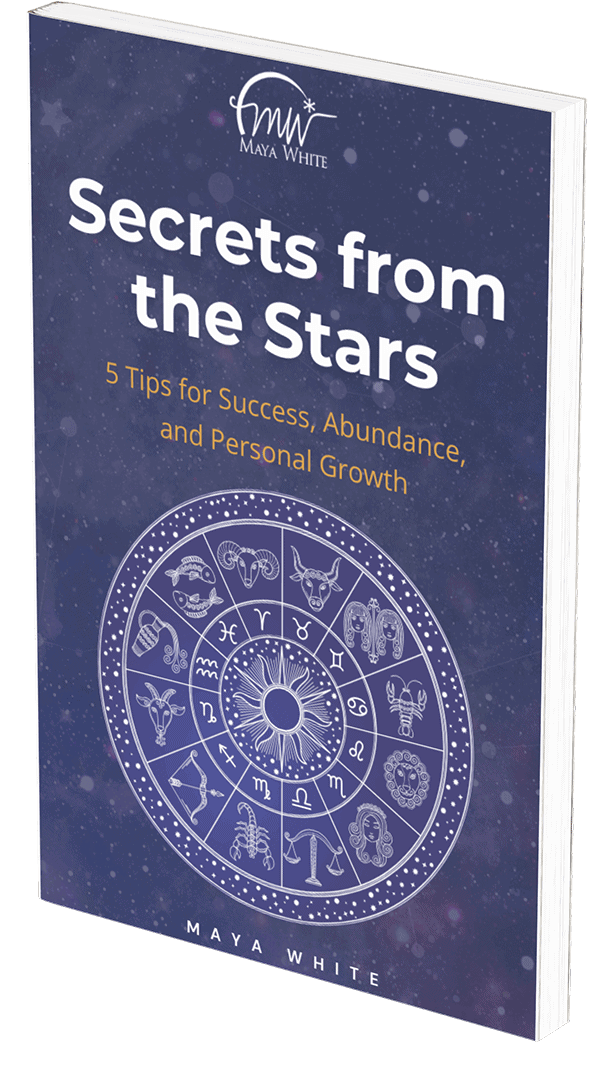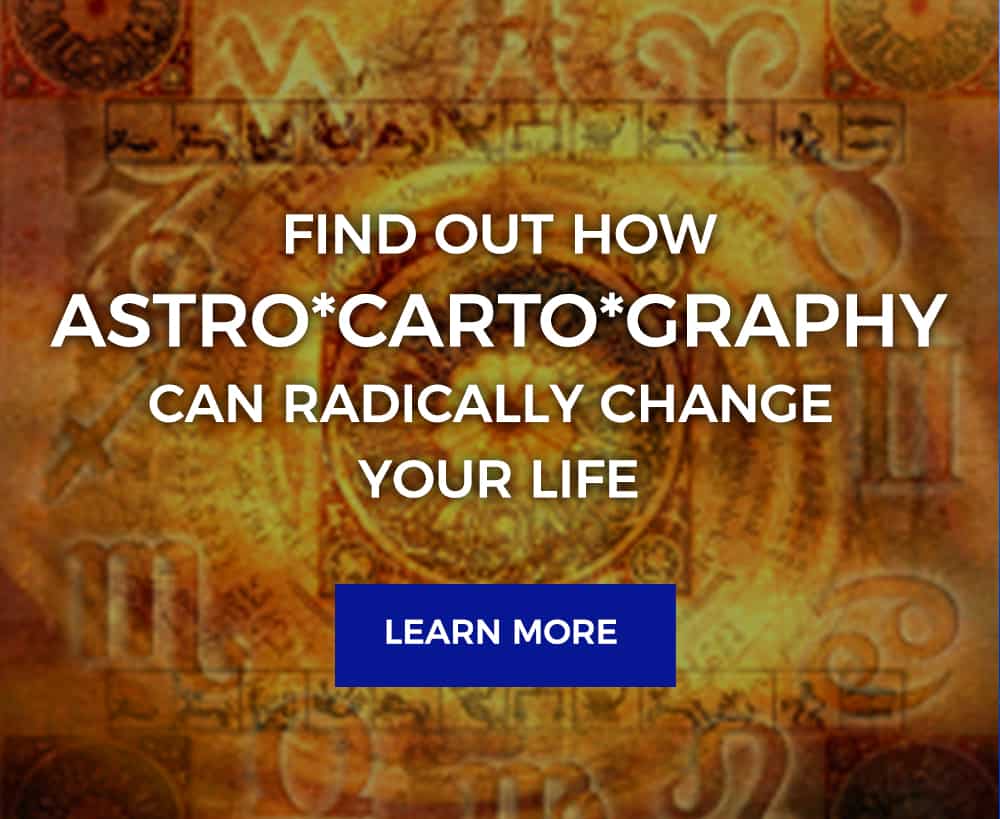Just as the dawn brings light to darkness each morning, the rising sign (also called ascendant) represents how we dawn on the world; how we appear to others. Think illumination, illustration, even illusion. The astrological ascendant is determined by the time of day you were born, or, esoterically, the moment of the soul’s first breath in this lifetime. It is symbolic of the rising sun, hence the term “rising sign”. Most people know their Sun sign; do you know what your rising sign is?
The first house deals with issues of self awareness and approach to life; the personality as well as physical characteristics. My favorite image is the regal head of hair that goes with Leo rising. Lions must have a mane you know, the larger the better. If not bushy, it is most likely reddish or exceptional in some way. Those Lions must roar, also. How else does the world know to respect them? Widostyle peak on a high arched forehead, flared nostrils and a light trim body? I place my bets on Aries ascendant. Exceptional feet, perhaps a dancer? Think Pisces rising since that is the body part ruled by that sign. Guessing ascendants can be a fun exercise, but what is the purpose and meaning behind appearances?
In his book “The Inner Sky”, astrologer Stephen Forrest explains the ascendant and first house as symbolizing our optimal mask, the outer expression that best serves our inner needs. He further describes the ascendant as “a force that channels the totality of the birthchart into the world of action.” So, first – acceptance, and secondly – enhancement of one’s ascendant can help navigate the sea of life. The ascendant then is like a focal point. Think of it as a moment in time, one like no other, when a newly born soul makes a statement with that first breath – I AM. Just as each moment in time is unique, every person born has an astrological signature that will be shared by no one.
The ascendant is also the starting point of what is called the “first house”. There are twelve houses, congruent with twelve signs of the zodiac. Each house has its symbolic domain. The simplest division of houses begins by delineating one through six as being subjective, or personal. Houses seven through twelve are considered as objective or dealing more with the self in relationship to other people and/or society.
Opposing the ascendant and first house is the descendant. Here, we have the symbolic setting Sun, the time of day that transitions into evening. The descendant is the beginning of what is called the seventh house, or house of relationships. This is traditionally thought of as the “House of Marriage”, although it can refer to many types of partnerships. This sector also rules legal affairs. Now, the personality which effervesces in the first house must learn to get along with others through cooperative ventures. Key to the seventh house is the concept of equality as well as interdependency.
Another aspect of the imagery of self and others is the concept of shadow. Just as the setting sun casts the longest shadostyle of the day, the seventh house, or “house of others” is prime real estate for reflection of our hidden self displayed by the antics of those we love to hate. Just what is it about that co – worker you cannot stand? It is the way he/she always makes a mess? Maybe you sit next to the office chatterbox. Did Mother spend a lot of time on the phone, and neglect her children? Truly the shadow is a major mover not only of astrology, but also human psychology. One of the basics of shadow psychology is that the individual will attract people and situations to bring up the issues that most need attention, translate healing, within the self. Strategically, one of the methods of healing shadow issues points back to a healthy sense of identity as defined by the ascendant. The individual must integrate his or her separateness in order to function completely in a relationship.
There are two other critical points in the chart, the midheaven (MH) and Imum Coeli (IC). The IC resides in the personal or subjective part of the chart, and is symbolically represented as the darkest part of night. The midheaven presents our peak of objectivity, how we function in society and corresponds to high noon, or time of day when the sun is directly overhead.
Usually born with in minutes of each other, twins make for valuable and fascinating astrological study. Though I have not done extensive research on the subject, my experience reveals subtle but effective means for creating differences between two almost identical birth times. With one pair of twins I know personally, the first born has late Aries rising and the second – Taurus rising. The Aries ascendant twin is smaller, light bodied, and lives a nomadic life on a boat. The Taurus ascendant twin is taller, has two children, and owns a beautiful house. In another case both twins have the same ascendant, but differences in birth time develops with one of the individuals having Saturn in prominence on her midheaven. The other twin’s chart places Neptune on that very important part, emphasizing that planet as her keynote of social expression. True to form, the Saturn twin has developed a conservative lifestyle of self denial while her Neptunian sister pursues spiritual healing and lightwork as the mission for her life.
So, ascendant is another member of the “big threesome” of astrology, joined by the Sun and Moon. Think of the Sun as a gravitational center or point of organization. The Moon represents our emotional perspective. Then add a well integrated ascendant as the symbolic point of separation and expression. As you can see, a complete astrological picture is much more than just one’s Sun sign. No wonder no two people are alike. The planets and houses serve up a delectable meal to share with friends and even family, but it is prepared differently every time.
Next month I want to introduce one more player in the parade of individuality – the planet Uranus, also known as the “Great Awakener”. The basic personality function of Uranus is to bring change into our lives, something familiar to us all.



